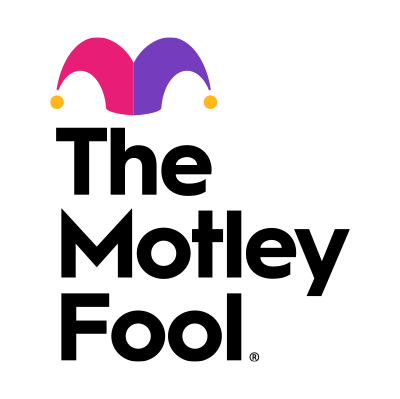The S&P 500 (^GSPC -1.71%) is arguably the stock market’s most important index. It tracks the 500 largest U.S. companies on the market, and it has become the benchmark for U.S. and international investors.
While the S&P 500 itself is fairly broad in style, variations of the index lean toward specific investing styles. One of those is the S&P 500 Value Index, which focuses on the value companies within the S&P 500. Although it may not experience hypergrowth, it could be a great option as many begin to worry about the high valuations of many growth stocks.
If you have $500 to invest and are already exposed to the broader market via an S&P 500 exchange-traded fund (ETF), now could be a good time to lean on more of the value stocks within the index by investing in the Vanguard S&P 500 Value ETF (VOOV -0.97%).
VOOV Total Return Level data by YCharts.
How does the ETF define “value”?
Whether or not a stock is considered a value is somewhat subjective. To look at it more objectively, Vanguard defines value by looking at the following three metrics: Price-to-book (P/B) ratio, price-to-earnings (P/E) ratio, and price-to-sales (P/S) ratio. Here’s a quick rundown of what each ratio measures:
- P/B ratio: A company’s market value to its book value (assets minus liabilities on its balance sheet).
- P/E ratio: How much you’re paying per $1 of a company’s profits.
- P/S ratio: How much you’re paying per $1 of a company’s revenue.
The lower the above ratios are, the “cheaper” a stock is seen as being. For perspective, below is how the Value ETF’s P/B ratio and P/E ratio compare to the standard S&P 500’s ratios (based on the Vanguard S&P 500 ETF (VOO -1.70%)):
| Metric | S&P 500 Value | S&P 500 Standard |
|---|---|---|
| P/B ratio | 3.3 | 5.0 |
| P/E ratio | 22.4 | 27.5 |
Data source: Vanguard. Numbers as of Jan. 31, 2025.
The Value ETF’s numbers aren’t exactly low, but it’s a noticeable enough difference from the standard S&P 500.
This ETF relies much less on the tech sector
One issue raised with the standard S&P 500 is how much of it is made up of the tech sector (this is due to it being market cap weighted).
Luckily, the value nature of the Value ETF means it’s more evenly spread across sectors. Tech is still the most represented sector, but it’s more balanced, as shown in the table below.
| Sector | S&P 500 Value | S&P 500 Standard |
|---|---|---|
| Communication services | 3.7% | 10% |
| Consumer discretionary | 9.1% | 11.4% |
| Consumer staples | 7.7% | 5.5% |
| Energy | 5.9% | 3.2% |
| Financials | 15.9% | 14.1% |
| Health care | 15.6% | 10.5% |
| Industrials | 8.3% | 8.3% |
| Information technology | 23.7% | 30.7% |
| Materials | 3.5% | 1.9% |
| Real estate | 3% | 2.1% |
| Utilities | 3.6% | 2.3% |
Data source: Vanguard. Percentages as of Jan. 31, 2025.
The good news is that the Value ETF still exposes you to flourishing tech giants like Apple, Microsoft, and Amazon (its top three holdings). However, its top holdings are rounded out by companies such as UnitedHealth Group, ExxonMobil, Procter & Gamble, and JPMorgan Chase.
The Value ETF will still be influenced by the tech sector’s success (or lack thereof), but other sectors are there to pull more of the weight.
The S&P 500 Value ETF should be one piece of the puzzle
I wouldn’t have the Value ETF as my primary S&P 500 fund or the foundation of my portfolio, but it can be a great complement for those already invested in the standard S&P 500 or other growth stocks.
There’s no way to predict how the stock market will perform, but if there is a correction with the high valuations of many growth-focused stocks, this ETF can provide some stability or protection against major drops. That doesn’t mean this ETF is correction- or downturn-proof; it just means it may hold up better during market down periods.
A $500 investment could be a perfect start to helping you add some value exposure to your stock portfolio.
John Mackey, former CEO of Whole Foods Market, an Amazon subsidiary, is a member of The Motley Fool’s board of directors. JPMorgan Chase is an advertising partner of Motley Fool Money. Stefon Walters has positions in Apple, Microsoft, and Vanguard S&P 500 ETF. The Motley Fool has positions in and recommends Amazon, Apple, JPMorgan Chase, Microsoft, and Vanguard S&P 500 ETF. The Motley Fool recommends UnitedHealth Group and recommends the following options: long January 2026 $395 calls on Microsoft and short January 2026 $405 calls on Microsoft. The Motley Fool has a disclosure policy.

